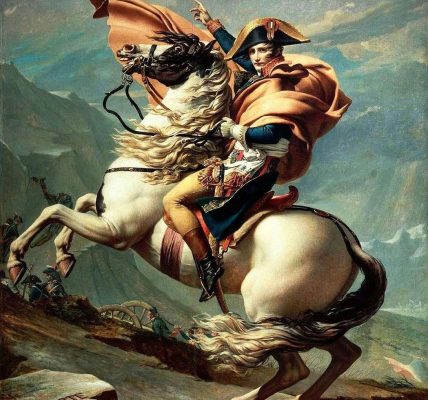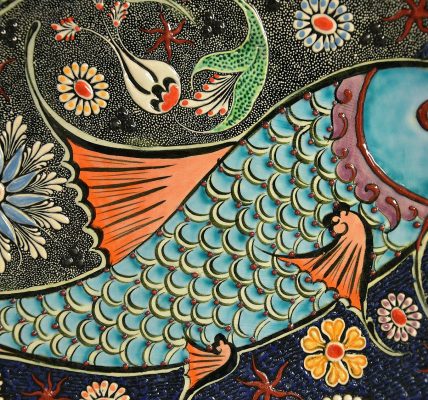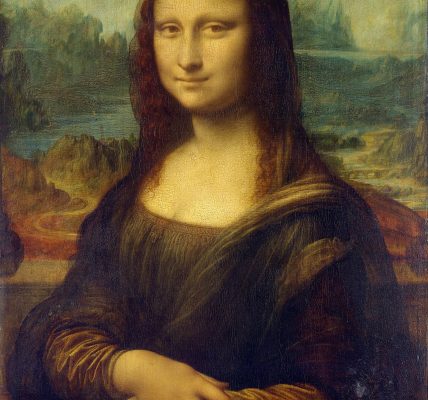From 1933, the Nazis were looting paintings, sculptures, illuminated books and manuscripts, furniture of art historical value, artworks of antiquity, and basically any pieces of art. In the beginning, they were more specifically targeting the Jewish properties in Germany. Some of the victim families might have owned only items of a personal value, while others had large art collections. Nevertheless, all of those families were faced with the same harsh reality of having to quickly flee the country in order to try and save themselves and their loved ones, while most of their possessions had to stay behind. Therefore, the Third Reich was laying hands on their properties, public or private – it did not matter. Once they got more powerful and with the acquiring of more areas, they would eventually do the same with every territory they’ve occupied. It was all mostly done in a very systematic way, as they had created specific organizations with the objectives of defining the most valuable, for the Nazis, private and public collections out there and they would consequently target those properties and get them plundered.
The Führermuseum
At a younger age, Adolf Hitler wanted to become a professional artist and he applied twice (once in 1908 and again in 1909) to the Vienna Academy of Fine Arts, but he was both times unsuccessful. The feedback he received was to try and apply to the academy’s School of Architecture, but that was not an option for him, as he had previously dropped out of secondary school and did not want to go back. Despite his failure to study in the academy of arts, he continued painting and tried to make a living out of it for a while. Many of his sold paintings were bought by Jewish buyers. Later on, when he was serving in World War I in 1914, he would continue drawing. It has been said that he considered himself as an artist and that he wanted to end his live as an artist post World War II.
He had a dream of turning the city Linz in Austria, that is near his birthplace, into the greatest art centres of Europe and the cultural capital of Nazi Germany. He was imagining it since a young age and had made many drawings of his ideas. He had drawings on sketchbooks of his plans for new buildings, bridges, theatres, museums, concert halls. He also wanted to make his dream museum, filled with works by some of his favorite 19th-century German artists like Eduard Grützner, Franz von Stuck, Peter von Cornelius, Hans von Marées, Bonaventura Genelli, Adolph von Menzel and many more. Hitler had instructed which works of art and more specifically, artist to be collected and he had made elaborate plans for the different rooms that their works would be hanged. The museum was to be called The Führermuseum or the Linz art gallery, but it never realized.
Many of the looted art forcefully taken during the Third Reich was intended for The Führermuseum, while some of the high-ranking officials like Hermann Göring were taking other pieces of art for their personal collections. Numerous objects were also sold, traded in order to fund all the activities of the Nazis.
Degenerate Art
Adolf Hitler adopted a term to refer to modern art and that was “Degenerate art”. He was so furiously attacking any form of modern art, including those made by internationally renowned artists and by German modern artists, and he had them banned in Nazi Germany. Their works had to be removed from everywhere, like state-owned museums and any artists, who produced art of this style was sanctioned. If such an artist was also a teacher, he would be dismissed from his position as a teacher. For all of them it was prohibited to sell or display their art and sometimes generally forbidden to produce any kind of art. They were considered as a threat to German culture. For Hitler, modern art was an “insult to German feeling”, with Jewish or Communist, but definitely not German nature.
We don’t know if this is true, but there seems to be a theory that the Nazis had confiscated nearly 20,000 works of modern art, but as they had previously labelled them “Degenerate”, they were lacking buyers. So, a Nazi-associated art dealer and his colleagues burned thousands of paintings, sculptures, prints, and drawings in Berlin. By bringing attention in that way, many people and representatives of museums came by to buy art pieces to be saved and not lost forever.
The Nazis had several locations, used for storage of the hundreds of thousands of looted objects. As cities in Germany were getting bombed and Axis alliance was in a disadvantageous position in the war, Germany began moving the artworks and storing them in save from bombing locations.
While some art objects have been successfully returned to their rightful owners today, many are still missing. This is a sad situation for the owners and all of us because some of the missing objects are of great cultural significance.



